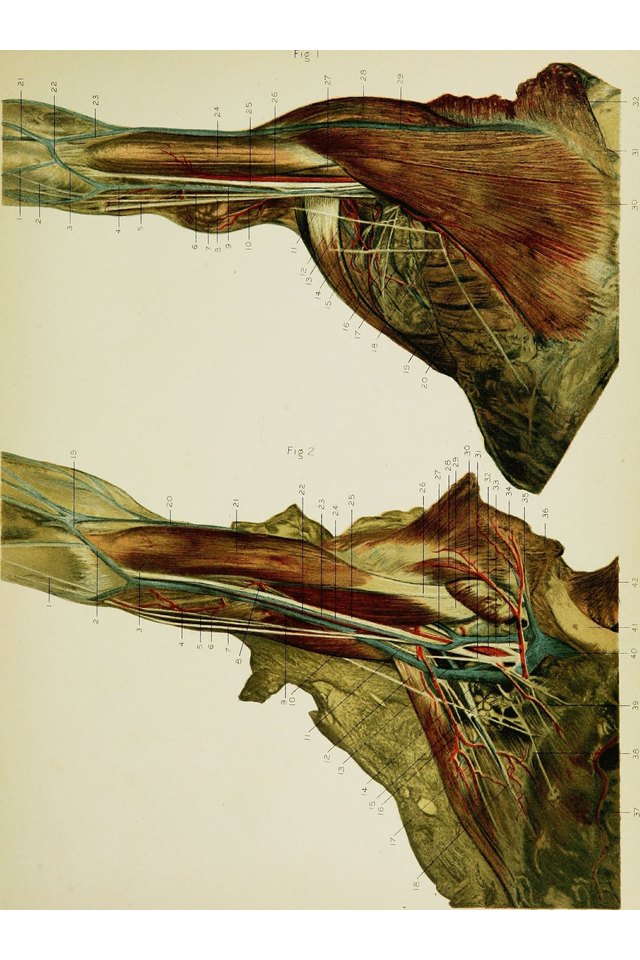What Do Rack Pulls Work?

Rack pulls are a great exercise for strength training, gaining upper body muscle mass, and a good deadlift variation that targets the so-called posterior chain muscles that are responsible for hip and back extension. In weightlifting, powerlifters use rack pulls workouts to develop their ability to achieve a strong lock out when performing deadlifts, while bodybuilders use this exercise to make their backs more muscular and thick – a process called hypertrophy. Rack pulls are normally performed with heavier weight than conventional deadlift using low reps and, as such, are not a suitable exercise for beginners.
How to do rack pulls?
To perform a rack pull, place a barbell with weight plates in a squat rack at just below knee-height. Get into starting position by grasping the bar with a shoulder-width overhand grip or mixed grip and standing with your feet directly below the bar just like traditional deadlift. Bend your knees slightly, lift your chest and contract your core muscles. With straight arms, extend your hips and stand upright. Hold this uppermost position for a second before pushing your hips back, leaning forward and lowering the bar back to the starting point. Make sure that you do not allow your lower back to become rounded at any point during this exercise, as this is not proper form and can increase risk of injury.
How do rack pulls work Hip Extensor Muscles?

Jupiterimages/Photos.com/Getty Images
Rack pulls work and develop the lower body muscle groups that extend your hip; specifically your glutes and your hamstrings on the backs of your thighs. It also works your lats, quads and other lower body muscles. Hip extension is an essential part of many athletic movements, including lifting, running, throwing and jumping. The action of extending your hips is emphasized during the rack pull, as almost all of the range of motion in this exercise is due to driving the hips forward, as opposed to knee extension, which uses the quadriceps.
How do rack pulls work Back Muscles?

Jupiterimages/Photos.com/Getty Images
In rack pulls, your hips act as the fulcrum, or pivot point, while your thighs and spine act as levers. The muscles of your lower back, your erector spinae, must contract very hard to ensure that your spine remains locked in position. This action keeps the stress of the exercise on your muscles and off your more passive ligaments and spine disks. Although your erector spinae generate a lot of force during rack pulls, they do not change length. This is called an isometric or static contraction. Doing rack pulls also causes activation and muscle growth in the upper back.
How do rack pulls work Shoulder Retractor Muscles?

Jupiterimages/Photos.com/Getty Images
It is very important that, when performing rack pulls, you keep your shoulders pulled back. Pulling your shoulders back helps to lift your chest, which promotes a strong lower back arch – essential for safe performance of this exercise. The action of pulling your shoulders back, called retraction, during this exercise will build muscle between your shoulder blades, specifically your middle trapezius and rhomboids. Strengthening these muscles can help improve your posture.
How do rack pulls work Gripping Muscles?
The weakest link in the rack pull exercise is usually your hands. Some lifters work around this by using wrist straps or special training hooks to help with pulling strength . While such practices may enhance your short-term lifting performance, lifting without these aids will help in building strength in your grip. A strong grip is important for many sports including wrestling, judo, football, rugby and climbing. If you continue to lose grip, decrease the amount of weight or switch to other back exercises because dropping the weight can lead to back injury.
References
- "Essentials of Strength Training and Conditioning"; National Strength and Conditioning Association; 2008
- "Anatomy of Exercise: A Trainer's Inside Guide to Your Workout"; Pat Manocchia; 2009
- "Powerlifting"; Barney R. Groves; 2000
Resources
Writer Bio
Patrick Dale is an experienced writer who has written for a plethora of international publications. A lecturer and trainer of trainers, he is a contributor to "Ultra-FIT" magazine and has been involved in fitness for more than 22 years. He authored the books "Military Fitness", "Live Long, Live Strong" and "No Gym? No Problem!" and served in the Royal Marines for five years.
